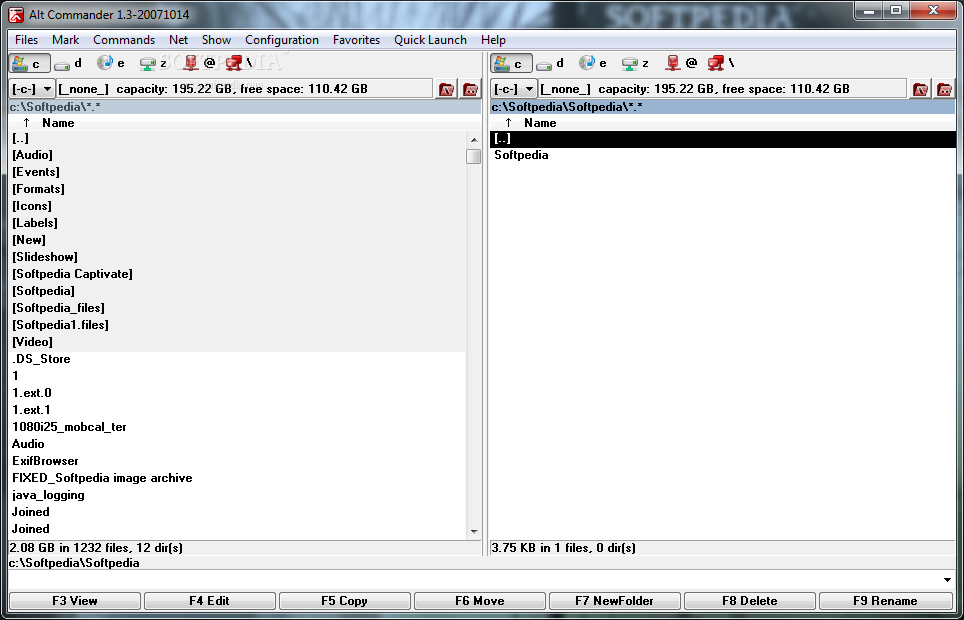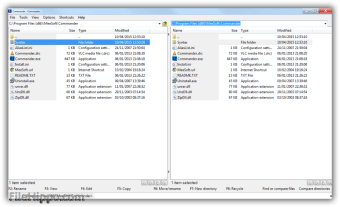

This is normal, according to the documentation on the developer's website. Note: There is a small delay when starting the application. If you've minimized the program to the tray, you may use it to show/hide the window, refresh the view, open a selected panel in Windows Explorer, or move the application's window to a different screen (providing you're using multiple monitors). And Finally, there's a Settings menu that lets you modify some basic options such as setting the border size, switch to the classic Font style and set the program to auto-start with Windows. It's the same as "open command window" here option, but the ability to open one for any of the four panels can be really useful. Open a Powershell or Command window for a selected panel using the Advanced Menu. You can change this behavior from the Start Mode menu, which has options for setting the "This PC" folder or any custom folders as the starting mode. The program remembers the last open windows upon exit, and loads them back when you restart it. You may change the color of the program's border (between the panes), pin Explorer Commander to stay on top of other applications, or minimize it to the system tray from the same menu. Want to open a pane in Windows Explorer? That's precisely what the Open menu is for.Įnabling the dark mode from the program's View menu switches Windows 10's night mode on, and changes the program's interface to use Explorer's dark theme. While you can use the sidebar or the address bar in each pane to switch folders, Explorer Commander lets you jump to previously visited folders from the Load menu. The pane on the top left is 1, the right pane is 2, and similarly the ones at the bottom are 3 and 4 respectively. Though numbered as 1-4, they aren't arranged clockwise. The program's Change menu is used to swap the position of one pane with another. Hit the reset option to revert to the default layout size. 20/80 Columns will make the panes on the right size larger and the left pane narrower, while 80/20 does it the other way around. When enabled, they resize the panes according to the selected proportion, for e.g. You may resize the interface using the Proportions menu's Columns and Rows options. Since the program uses Explorer as the base, you can perform all file operations like copying, moving, pasting files and folders, and use all available context menu options in a 4-pane or 2-pane view.

The quad mode is the one that offers the 4-pane GUI.

Use the Layout menu to switch to the horizontal or vertical mode, these options use the dual-pane view. The interface of Explorer Commander is exactly the same as Windows Explorer's, well, except for the menu bar at the top. But why stop at 2 when you can have quad panes with Explorer Commander.


 0 kommentar(er)
0 kommentar(er)
